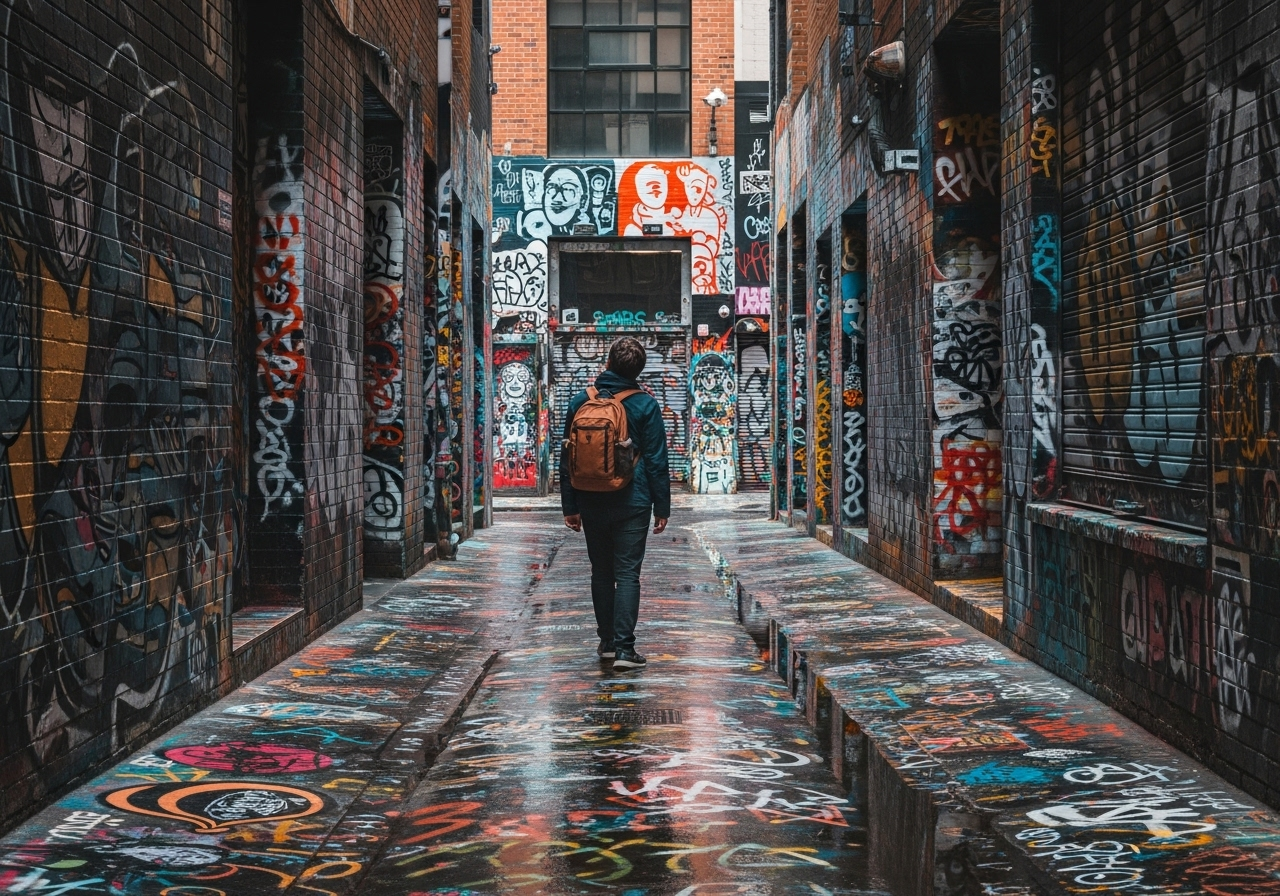The Best Cities for Street Art and Urban Culture
Vivian Black
2025-10-13
6 min read
City streets have always told stories, but in some places, those stories are painted in bold, vibrant colors across brick walls and concrete canvases. Street art has evolved from a clandestine act into a celebrated form of public expression, transforming urban landscapes into dynamic, open-air galleries. For travelers seeking a deeper connection to a city's pulse, exploring its street art scene offers a direct line to its contemporary culture, social commentary, and creative spirit. This journey will take you through some of the best cities where urban art isn't just decoration, but a vital part of the city's identity.
Berlin, Germany: A Canvas of History
Few cities wear their history as openly as Berlin, and its street art is a powerful testament to its past and present. The most famous remnant of the Cold War, the Berlin Wall, has been reclaimed by artists from around the world. The East Side Gallery is a nearly mile-long stretch of the wall covered in murals that speak of freedom, division, and reunification. It stands as a monumental symbol of how art can reinterpret and heal historical wounds. Beyond the wall, Berlin’s culture of creativity thrives in neighborhoods like Kreuzberg and Friedrichshain. These areas are a chaotic, beautiful maze of graffiti, paste-ups, and large-scale murals. The city's relatively tolerant attitude towards public art has allowed a raw and experimental scene to flourish. Here, street art is not just for viewing; it's an ongoing dialogue about politics, society, and identity, making Berlin an essential pilgrimage for any urban art enthusiast.
Melbourne, Australia: Laneway Galleries
Melbourne’s relationship with street art is unique, weaving it directly into the city's fabric through its famous laneways. What were once dingy service alleys are now world-renowned street art destinations. Hosier Lane is the most celebrated example, a constantly changing corridor where every surface is covered in layers of stencils, murals, and graffiti. The art here is ephemeral, with new pieces appearing over old ones daily, creating a living exhibition that reflects the city's dynamic energy. The city’s supportive stance has helped elevate street art into a major cultural attraction. Local government often commissions large-scale works and provides designated spaces for artists to practice their craft legally. This has fostered a diverse community of artists and a scene that ranges from playful and whimsical to deeply political. A walk through Melbourne's laneways is like flipping through the pages of a collaborative, city-wide sketchbook.
Valparaíso, Chile: The Jewel of the Pacific
Perched on the coast of Chile, Valparaíso is a city that seems to be built on art itself. Its steep hills are a cascade of brightly colored houses, and its labyrinthine streets are an explosion of creative expression. Street art is not just present here; it's an integral part of the city's bohemian soul. Since the end of the Pinochet dictatorship, murals have become a powerful medium for political and social expression, turning the city into a vibrant gallery under the sky. The "museo a cielo abierto" (open-air museum) in the Cerro Bellavista neighborhood is a collection of 20 murals created in the early 1990s, marking a significant moment in the city's artistic history. Today, the art has spread throughout the cerros (hills), with local and international artists contributing to the ever-evolving landscape. Exploring Valparaíso means getting lost in its winding alleys, discovering breathtaking murals at every turn, and experiencing a city where art and life are inseparable.

New York City, USA: The Birthplace of a Movement
No discussion of street art would be complete without acknowledging New York City, the cradle of modern graffiti culture. In the 1970s and 80s, the city's subway cars and buildings became the canvas for a new generation of artists who developed the styles and techniques that would define the global movement. While the graffiti-covered subway trains are a thing of the past, the city's creative spirit is as strong as ever. Today, the heart of New York's street art scene can be found in neighborhoods like Bushwick in Brooklyn. The Bushwick Collective is an outdoor art gallery that spans several blocks, featuring a rotating collection of murals from some of the world's most famous street artists. From the Houston Bowery Wall, a single, massive wall that has hosted legends like Keith Haring and Banksy, to the vibrant streets of the Bronx, New York remains a crucial hub for urban culture and a place where artists continue to push creative boundaries.
Lisbon, Portugal: Tiles and Modern Murals
Lisbon offers a unique blend of traditional and contemporary public art. The city is famous for its azulejos, beautiful painted ceramic tiles that have decorated its buildings for centuries. This historical appreciation for exterior art has created a welcoming environment for modern street artists. Today, large-scale, colorful murals exist alongside the traditional blue-and-white tiles, creating a fascinating visual dialogue between the past and the present. The city's urban art gallery, managed by the Galeria de Arte Urbana (GAU), has played a key role in promoting legal street art and providing spaces for artists to create. Lisbon's scene is known for its creativity and technical skill, with artists often using abandoned buildings as massive canvases for their work. This combination of historical artistry and modern innovation makes Lisbon a captivating destination for anyone interested in the evolution of public art.
These cities represent just a fraction of the incredible urban art found worldwide, but they stand as powerful examples of how creativity can shape a city's identity. Street art invites us to see our surroundings differently, to find beauty in unexpected places, and to engage with the stories that our cities have to tell. The next time you travel, look beyond the museums and galleries, and you might find the most compelling art is right there on the street.
